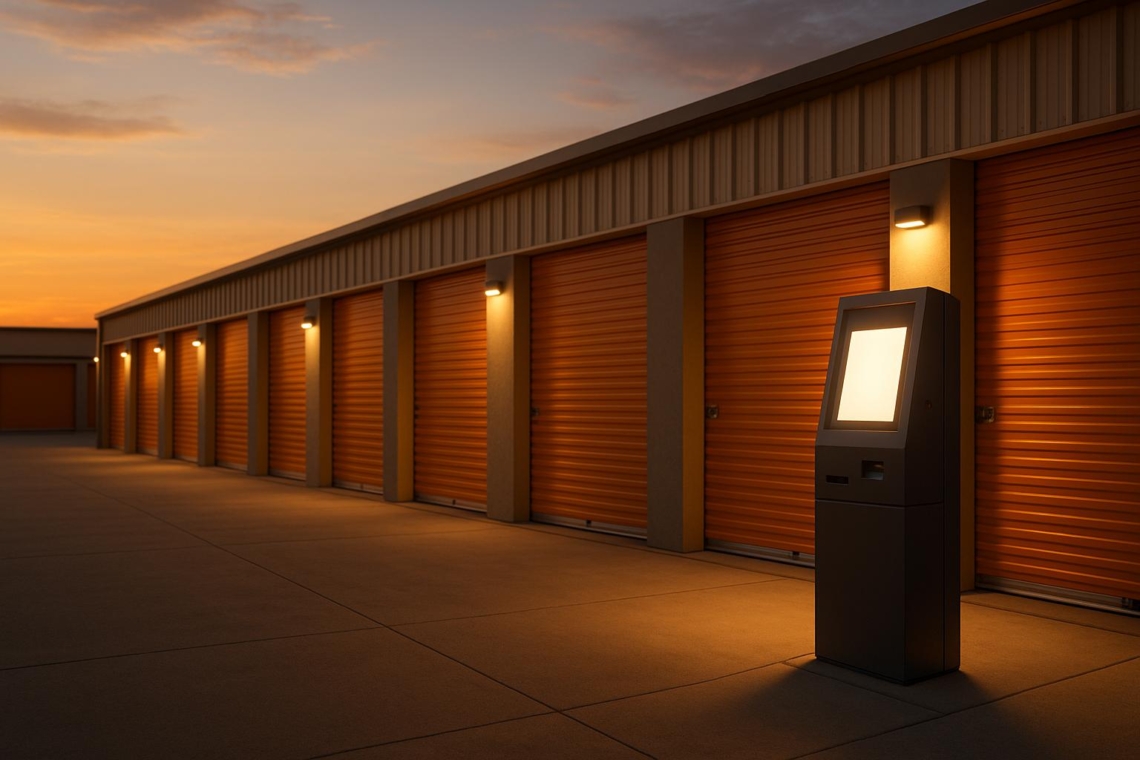Ultimate Guide to Marketing Metrics for Storage Hosts
- October 6, 2025
- Self Storage
Tracking marketing metrics is the key to understanding your storage hosting performance. These numbers reveal how well your efforts attract renters,…
Read More
In the ever-changing world of commercial real estate, self-storage has emerged as a unique and lucrative asset class. Far from its humble roots, the industry is now riding its third and final wave of wealth creation, driven by innovation, technology, and consolidation. Understanding this transformation can open the door to wealth generation for both entrepreneurial individuals and small businesses in the United States. Whether you are a property owner looking to monetize unused space or an investor seeking an opportunity to grow, now is the time to act.
This article explores the past, present, and future of the self-storage industry, breaking down the new business model that sets successful operators apart. By leveraging technology, optimizing operations, and understanding market dynamics, you can prepare to capitalize on this moment before the industry fully consolidates.
Self-storage has not always been the sophisticated, tech-driven industry it is today. Just 15 years ago, roughly 90% of facilities were owned and operated by mom-and-pop businesses. These owner-operators relied on simple, low-effort models: buy cheap land, build facilities, and rent out units. There was minimal competition, and growing demand allowed for steady profits with little innovation.
Even in the aftermath of the 2008 financial crisis, self-storage proved its resilience. With low debt-to-equity ratios, high margins, and consistent demand, it became the lowest-defaulting asset class in commercial real estate. However, this success also led to a resistance to change. Facilities often lacked basic technological features, such as websites, and operated with limited customer accessibility.
This status quo began to shift around 2018 as private equity firms and institutional investors entered the market in droves. Their arrival brought new technologies, operational strategies, and a wave of competition, forcing the industry to evolve. Today, only 50% of facilities remain under mom-and-pop ownership, presenting a prime opportunity for savvy investors to adopt the new business model and rise to the forefront of the industry.
To thrive in the modern self-storage landscape, embracing specific innovations and operational changes is crucial. Below are the essential components of the new model:
Gone are the days of static pricing, where rents were set arbitrarily based on outdated practices. The new model employs dynamic pricing, which adjusts unit rates in real-time based on market conditions, occupancy levels, and competitor pricing.
For example, if demand spikes for 10×10 units in a specific market, pricing software increases rental rates automatically, ensuring revenue optimization. Furthermore, non-static pricing allows for regular rate adjustments for existing tenants, boosting overall profitability.
Modern self-storage facilities prioritize convenience for customers through fully digital experiences. From online reservations to automated payments and digital lease agreements, customers can now rent, manage, and vacate units without ever speaking to a manager.
This shift reduces labor costs, increases operational efficiency, and enhances the customer experience. Smaller facilities, which often cannot afford full-time staff, benefit the most from these advancements.
In the past, facility names like "AAA Storage" were designed to appear first in the Yellow Pages. Today, branding serves a completely different purpose: search engine visibility.
Most storage customers find facilities through online searches, and only a handful of businesses appear at the top of search results. Facilities with strong branding, optimized websites, and digital marketing strategies dominate, effectively funneling more customers their way.
Although artificial intelligence (AI) adoption in self-storage is still in its infancy, its potential impact is immense. AI tools can analyze customer behavior, predict demand, and fine-tune pricing strategies with precision. For operators willing to embrace this technology, AI offers a competitive edge in an increasingly crowded market.
Consolidation is the defining trend of this third wave of wealth creation. As larger institutional players acquire mom-and-pop facilities, values rise due to increased operational efficiencies, branding, and demand. Independent investors who optimize small facilities can later sell them to institutional buyers at significant premiums.
The self-storage industry is currently in a period of transition, offering a once-in-a-lifetime opportunity for smaller investors to enter the market and profit. The reasons for this urgency include:
This wave of wealth creation mirrors the period following the 2008 financial crisis, when early adopters built fortunes by modernizing their facilities and riding demand growth. However, as the market consolidates, these opportunities will become scarcer.
The self-storage industry is at a critical juncture, poised to offer unprecedented opportunities for wealth creation. By understanding the evolution of the business model and embracing technological advancements, both individuals and small businesses can capitalize on this final wave of growth before consolidation limits these chances.
For those willing to adapt, self-storage is no longer just a safe investment – it’s a path to transformative financial success. The question is, are you ready to ride this wave?
Source: "The Final Wave of Wealth in Self-Storage (Don’t Miss It!)" – AJ Osborne, YouTube, Sep 2, 2025 – https://www.youtube.com/watch?v=bQyhZuPqB6s
Use: Embedded for reference. Brief quotes used for commentary/review.
Join The Discussion